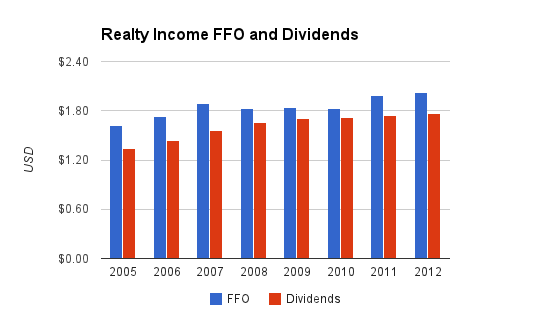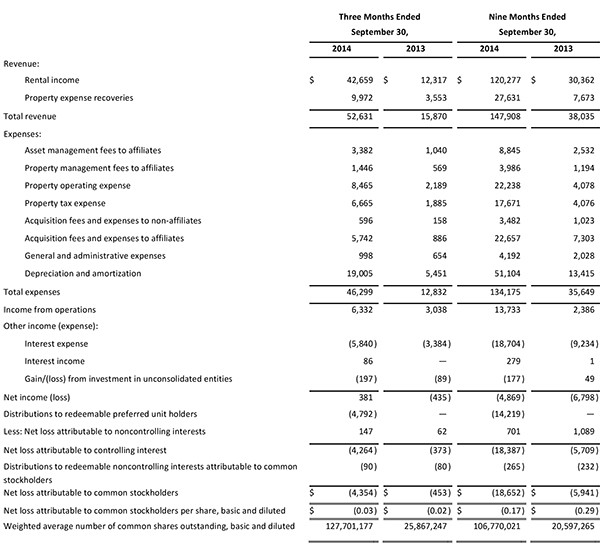REIT Analysis using Funds from Operations (FFO)
Post on: 30 Май, 2015 No Comment

R eal Estate Investment Trusts (REITs) are a popular way to get real estate exposure without directly owning the physical property. But as they are equities, how do we go about analyzing if they are good value?
Ive mentioned numerous times before that Im cautious over buying income trusts as the bulk of them pay out more in distributions than their reported earnings. Even though it seems impossible, they still continue to do so. To me, a strong REIT has recession resistant tenants, low vacancy, a growth strategy, and most importantly, a sustainable distribution.
In the case of REITs, they often pay out more in distributions than reported earnings mostly because of how earnings/net income is calculated. Typically, net income (used for earnings) takes into account depreciation/amortization which can reduce net income significantly depending on the business. In the case of a REIT, buildings are depreciated for accounting purposes, but it doesnt necessarily mean that the building has decreased in value. In reality, the building has most likely increased in value. To account for this and perhaps better represent the cash flow of a REIT, most analysts use Funds from Operations (FFO) per share instead of Net Income/Earnings per share as a measuring stick for REITs.
How is FFO/AFFO Calculated
Funds from operations takes net income, adds back the amortization/depreciation, then subtracts proceeds from property sales. For those of you who prefer formulas:
FFO = Net Income + Amortization (or depreciation) Proceeds from Property Sales
AFFO stands for Adjusted Funds from Operation and accounts for the capital expenditures. Some believe that if amortization expense is added back to the Net Income, then capital expenditures completed on the properties should be accounted for somehow. The formula is:
AFFO = Net Income + Amortization (or depreciation) Proceeds from Property Sales Capital Expenditures
How to DIY
As a do-it-yourselfer, I went on a quest to figure out how to calculate FFO/AFFO on my own. As I am familiar with reading balance sheets, it wasnt overly complicated as most of the information can be plucked from company cash flow statements, then calculated manually.

However, for those who couldnt be bothered with cash flow financial statements, most REITs report FFO/AFFO in their annual/quarterly reports.
If we take a look at a REIT like Calloways, for Q1 2010. we see that their earnings are around $7.4M with distributions of around $39.5M. Sounds impossible right? However, if you look at the FFO and AFFO numbers, youll see that their distribution is closer to 100% of their actual cash flow.
Final Thoughts
So instead of looking at simple earnings as the way to see if REIT distributions are sustainable, a better way is to take a look at the FFO/AFFO which may show you the real cash flow of the REIT. Do you have any tips when analyzing REITs?
For more information, Thicken My Wallet also has a few articles on REITs and FFO calculations.














